Exfoliation is a key step in maintaining healthy, vibrant skin. It helps to remove dead skin cells, unclog pores, and promote cell turnover. However, it’s important to exfoliate correctly to avoid irritation and damage. Here are some tips to properly exfoliate your face and skin:
1. Choose the Right Exfoliator
There are two main types of exfoliators: physical and chemical.
– Physical exfoliators contain small granules or beads that manually scrub away dead skin cells. Examples include scrubs with sugar, salt, or microbeads.
– Chemical exfoliators use acids or enzymes to dissolve dead skin cells. Common ingredients include alpha hydroxy acids (AHAs) like glycolic acid, beta hydroxy acids (BHAs) like salicylic acid, and enzymes from fruits like papaya and pineapple.
Select an exfoliator based on your skin type and concerns. For sensitive or acne-prone skin, a gentle chemical exfoliator may be more suitable.
2. Know Your Skin Type
– Sensitive Skin: Opt for mild exfoliants like lactic acid or fruit enzymes, and limit exfoliation to once a week.
– Oily Skin: BHAs like salicylic acid can penetrate and clear pores, making them ideal. Exfoliate two to three times a week.
– Dry Skin: AHAs like glycolic acid help to remove dead skin cells and hydrate the skin. Exfoliate one to two times a week.
– Normal/Combination Skin: You can use a variety of exfoliants but avoid over-exfoliating. One to two times a week is typically sufficient.
3. Exfoliate Gently
When using physical exfoliants, apply them with gentle, circular motions. Avoid using too much pressure, which can cause micro-tears in the skin. For chemical exfoliants, follow the product instructions carefully to avoid overuse and potential irritation.
4. Don’t Over-Exfoliate
Over-exfoliation can lead to redness, irritation, and damage to the skin barrier. Stick to the recommended frequency for your skin type and pay attention to how your skin responds. If you notice signs of irritation, reduce the frequency.
5. Time Your Exfoliation
Exfoliate in the evening to give your skin time to recover overnight. This also allows any nighttime skincare products to penetrate more effectively. If you exfoliate in the morning, be sure to follow up with sunscreen, as exfoliation can make your skin more sensitive to the sun.
6. Follow Up with Hydration
After exfoliating, it’s crucial to replenish your skin’s moisture. Use a hydrating toner or essence, followed by a moisturizer to soothe and protect your skin. This helps to maintain the skin barrier and prevent dryness.
7. Be Cautious with Other Active Ingredients
If your skincare routine includes other active ingredients like retinoids or vitamin C, be mindful of how they interact with exfoliants. Using too many active ingredients at once can increase the risk of irritation. Consider alternating nights or consulting with a dermatologist for personalized advice.
8. Patch Test New Products
When trying a new exfoliator, perform a patch test on a small area of your skin to check for any adverse reactions. This is especially important for those with sensitive skin or allergies.
9. Listen to Your Skin
Pay attention to your skin’s signals. If you notice excessive dryness, redness, or sensitivity, it might be a sign that you need to adjust your exfoliation routine. Your skin’s needs can change over time, so it’s important to be flexible and responsive.
10. Incorporate Exfoliation into a Balanced Routine
Exfoliation should be one part of a comprehensive skincare routine that includes cleansing, moisturizing, and protecting your skin from the sun. A balanced routine ensures that your skin receives the care it needs to stay healthy and vibrant.
Proper exfoliation can lead to smoother, clearer, and more radiant skin. By choosing the right exfoliator for your skin type, exfoliating gently and consistently, and following up with appropriate skincare, you can achieve optimal results without causing harm. Always listen to your skin and adjust your routine as needed to maintain its health and beauty.
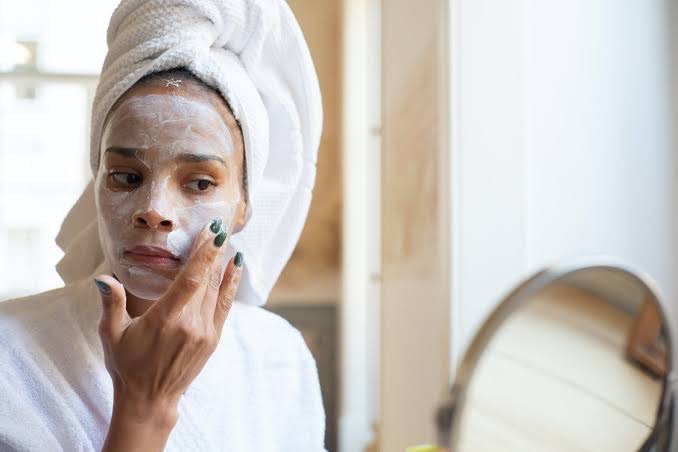

 Health3 weeks ago
Health3 weeks ago
 pregnancy3 weeks ago
pregnancy3 weeks ago
 Food3 weeks ago
Food3 weeks ago
 Health2 weeks ago
Health2 weeks ago


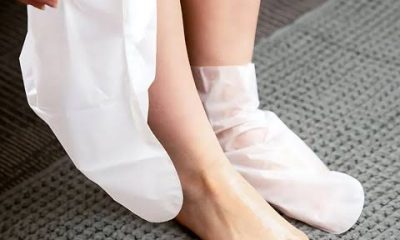





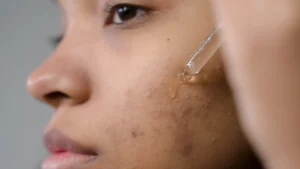
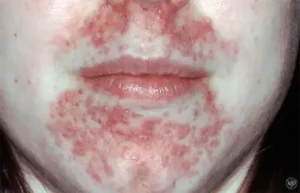



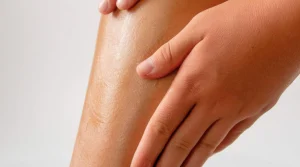
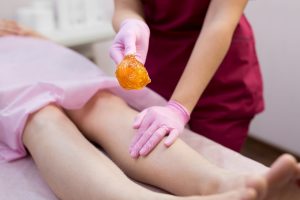
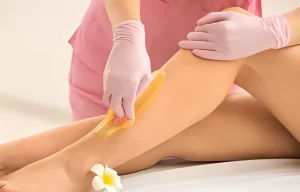








Pingback: Skincare Routine for Light Skin Men - SimplExplainer
Pingback: Top 6 Skin brush for skincare
Pingback: The Benefits of Colloidal Oatmeal in Skincare
Pingback: Creams That Can Cause Skin Breakage and How to Avoid Them - SimplExplainer
Pingback: How to Safely Perform Chemical Face Exfoliation - SimplExplainer